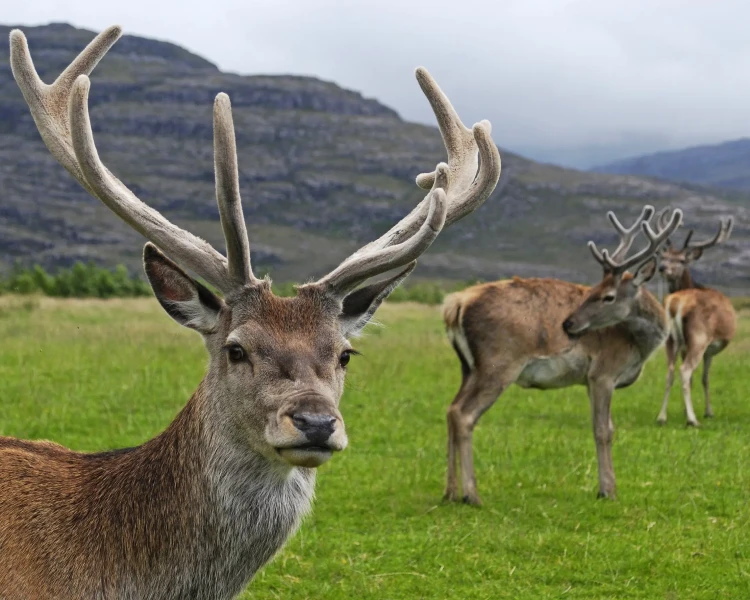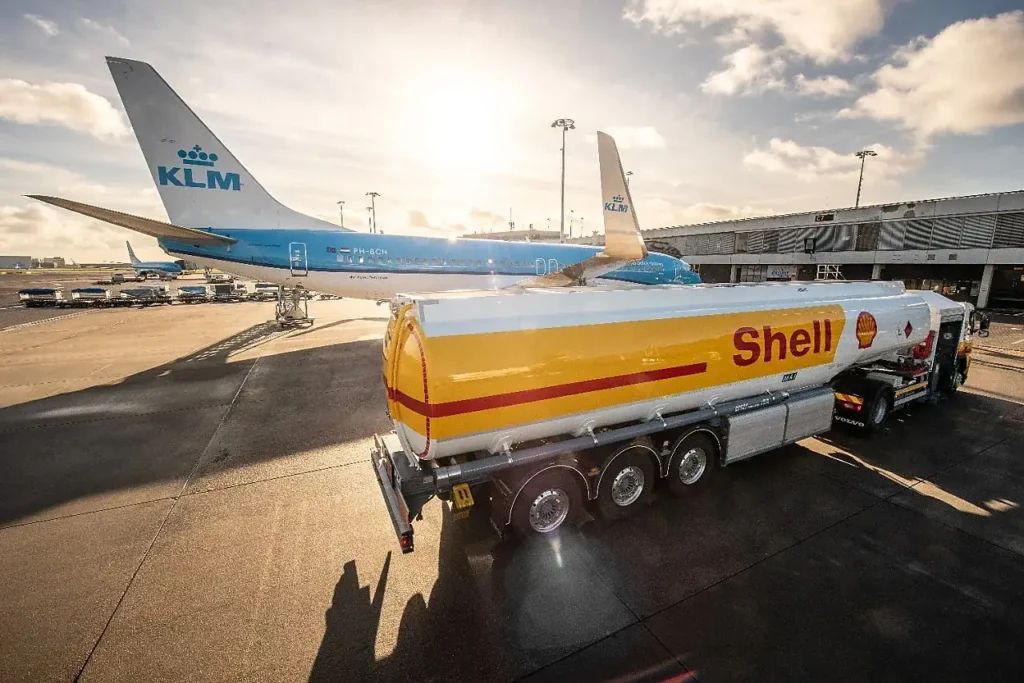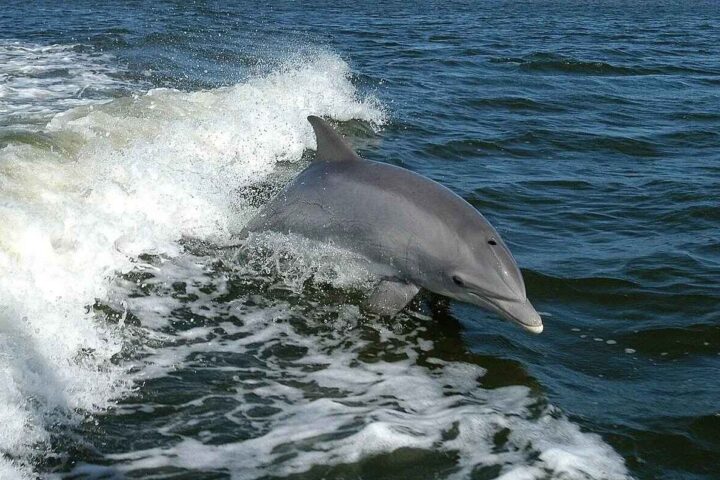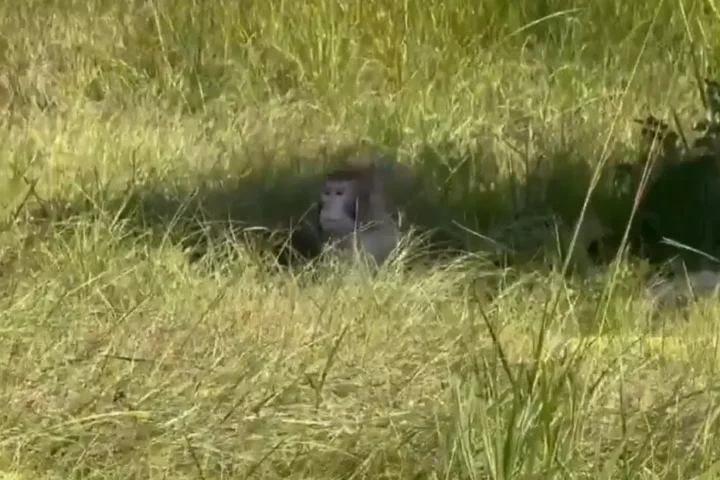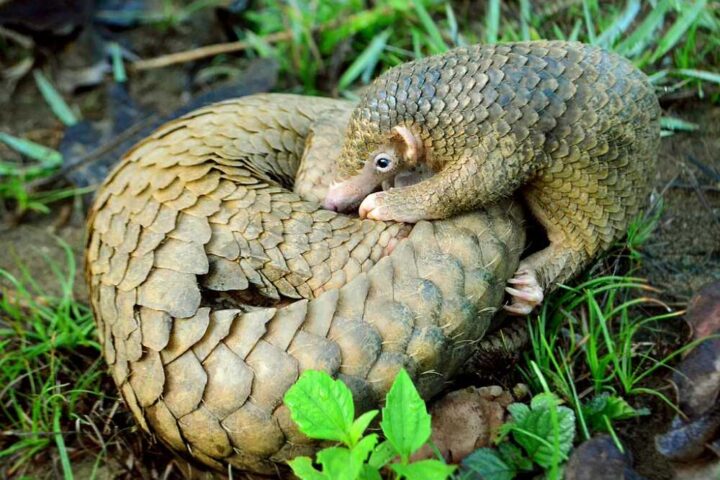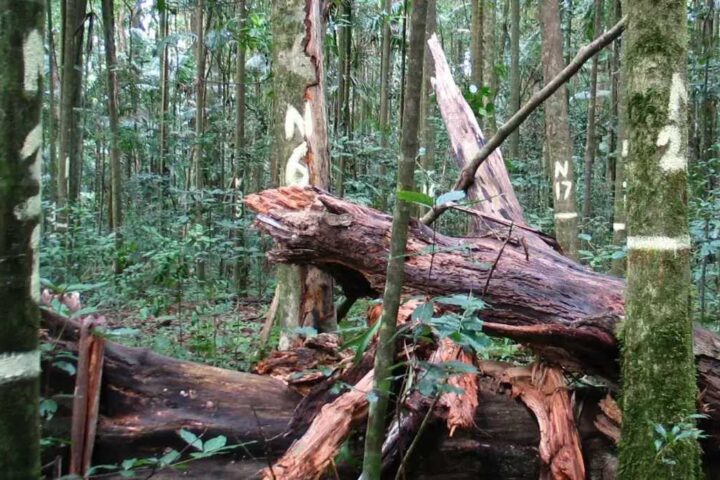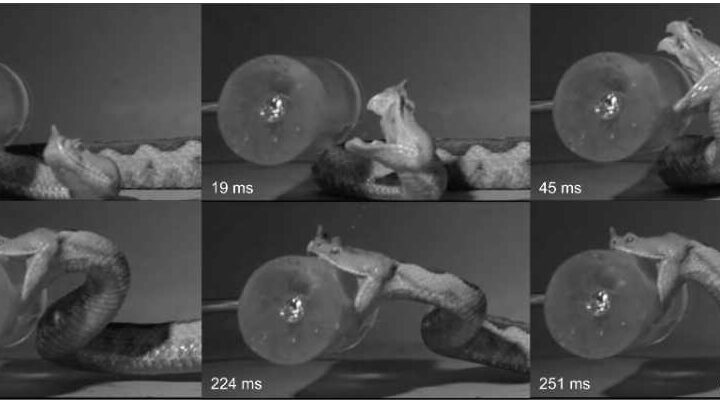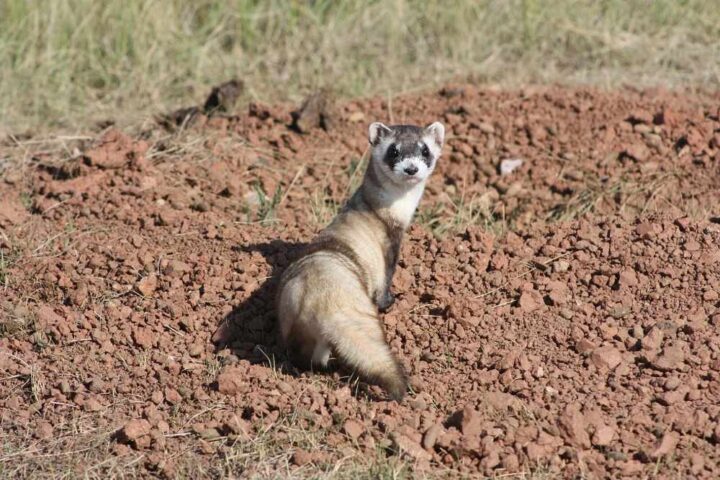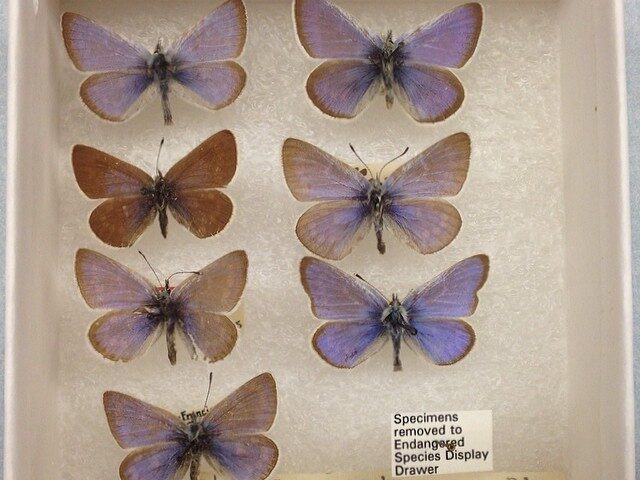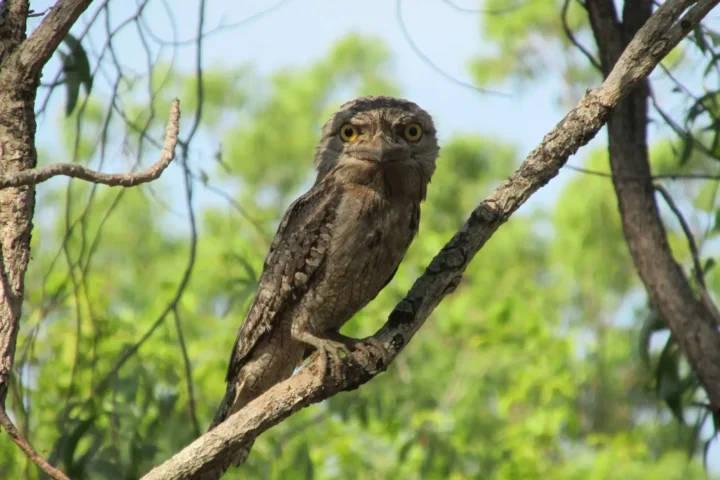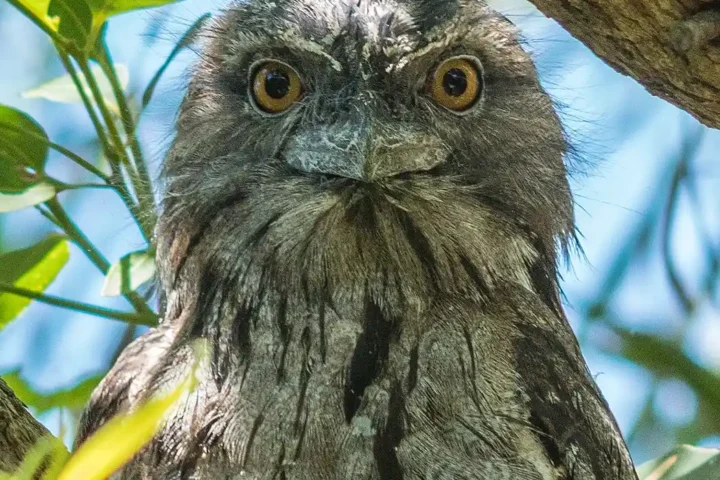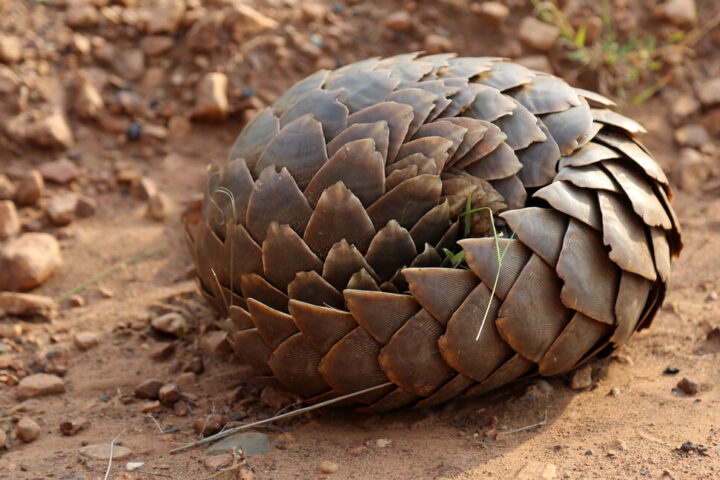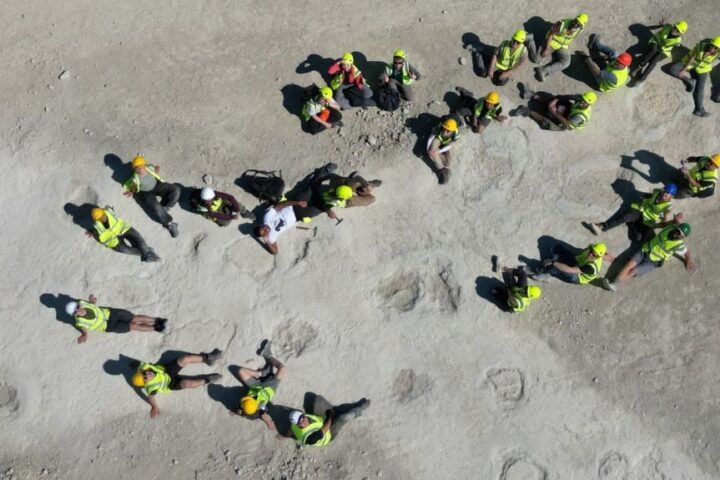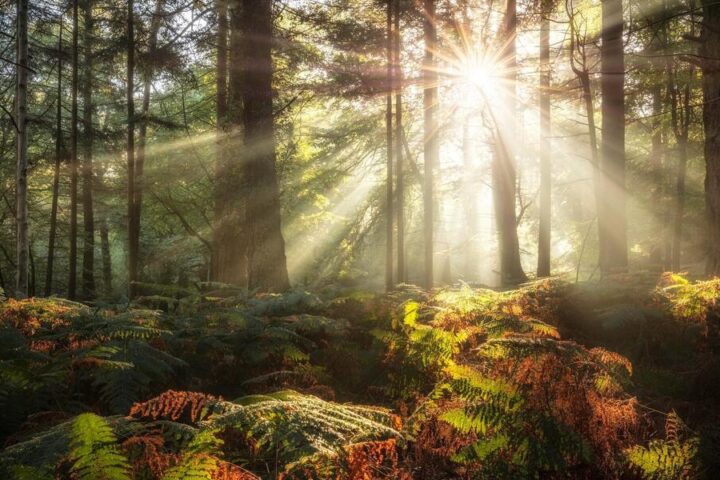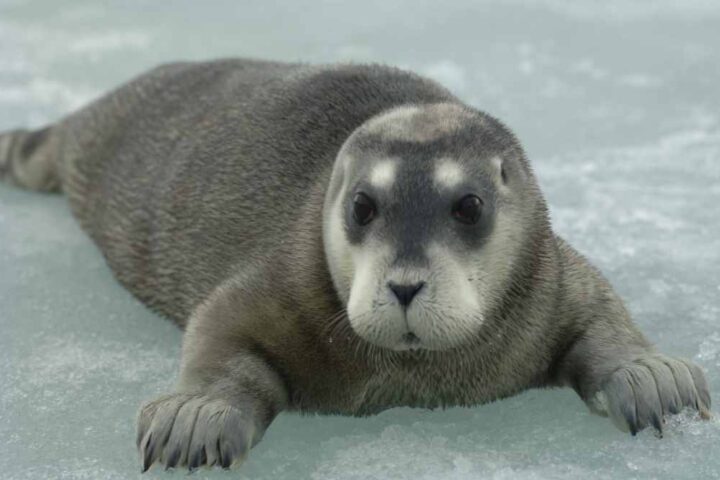Scientists have launched an innovative research project in Scotland’s west Highlands, fitting red deer with GPS collars to track their movements. This pioneering study aims to help land managers make better decisions about deer health, numbers, and habitat restoration.
The project is tracking 22 stags from Glen Affric to the west coast, with 12 already wearing collars and 10 more to be fitted this winter. Six deer calves have also received GPS ear tags to monitor how they travel with their mothers, with more calves set to be tagged next spring.
“Red deer are a vital part of Scotland’s upland landscapes and rural economies – but increased populations have led to challenges in balancing ecological health, biodiversity, and land management objectives,” explains Nicola Williamson, field officer for Affric Highlands, the charity leading the study in partnership with Durham University.
Scotland’s deer population has grown dramatically, from about 500,000 in 1990 to around one million today, with densities sometimes exceeding 40 deer per square kilometer. This surge has created problems for native woodland regeneration and overall ecosystem health.
The GPS technology works by transmitting location data via satellite to an app called EarthRanger. This allows researchers to analyze where deer prefer to be and how they interact with their environment during different seasons. Researchers are also conducting habitat surveys in areas where the GPS data shows deer have been foraging or sheltering.
Fitting a GPS collar takes about three minutes. After receiving landowner permission, researchers place traps in areas of high deer activity, baited with wildlife grain or natural browse like cedar. When a deer is captured, a hood is placed over its head to calm it, the collar is attached, and the animal is released.
Dr. Eilidh Smith from Durham University explains: “Through this innovative research, we’ll be tracking and mapping red deer movements to assess their seasonal migrations, home range sizes, and responses to human activities such as fencing, culling and commercial stalking.”
A unique feature of this project is its collaborative approach. Eighteen deer stalkers from 14 sporting estates can access the EarthRanger app to view deer movements and add their own observations. This brings together scientific research with practical, ground-level knowledge built over decades of experience.
Similar Posts
“Taking part in the red deer collaring project has been a great experience,” says Arran Matheson, a deer stalker involved in the study. “This will give vital data about the deer’s habitat use and movement patterns.”
The project maintains high animal welfare standards with approval from Durham University’s Animal Welfare and Ethical Review Body and a license from the UK Home Office. Capture protocols were designed with veterinarian Dr. Neil Anderson from the Royal (Dick) School of Veterinary Studies.

This deer tracking initiative is part of the broader Affric Highlands rewilding project, the UK’s largest rewilding landscape. This ambitious 30-year plan aims to restore nature across more than 200,000 hectares of the central Highlands, transforming bare hillsides back into thriving forests and reconnecting fragmented habitats.
The research team is currently seeking additional funding to deploy more GPS collars and analyze the collected data, which will be crucial for developing evidence-based strategies for sustainable deer management that balance conservation goals with rural livelihoods.
